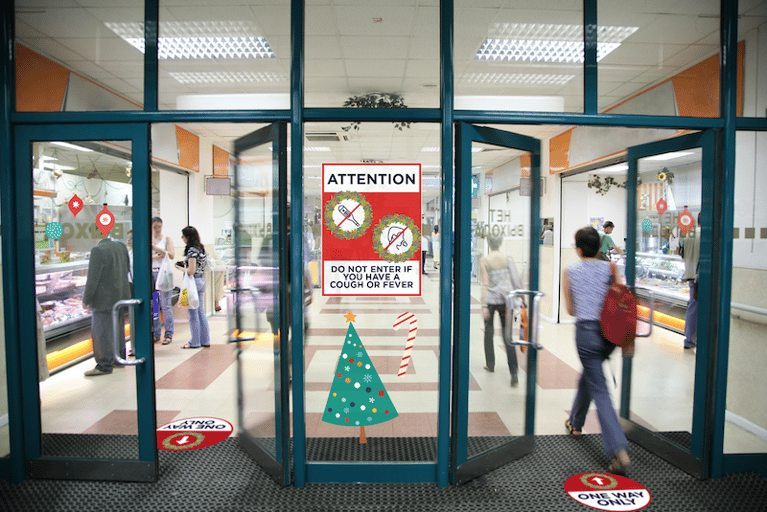Amazon, iTunes, eBay … names that strike fear into the hearts of the owners of brick-and-mortar stores. As physical retailers struggle with the accelerated growth in online shopping, the forecast seems to be saying that you should pack up your offline shop and head for the virtual hills.
This fear is natural, but is it warranted?
According to retail futurist Doug Stephens, author of The Retail Revival: Reimagining Business for the New Age of Consumerism, the answer is no. The Golden Age of retailing is just around the corner, he says, as the physical store transitions from a point of distribution — where merchandise is stocked, displayed, and taken home by the customer — to a point of experience.
This radical reimagining of an offline store can be used in tandem with a web store, providing an overall advantage over online-only retailers.
Even the rise of showrooming can be circumvented, if traditional brick-and-mortars strategically integrate their online and offline components.
Retailers need to switch their thinking from point of distribution to point of experience. In this new retail experience, shoppers can interact with and learn about products, connect emotionally with the brand, and choose from multiple channels for purchase and delivery.
Okay, so you get “point of experience,” but you’re wondering how to create it. Robyn Novak, interior design director within the Specialty Retail Studio at FRCH Design Worldwide, tells us that as online purchases become more prevalent, stores will stock less and offer a larger selection on other channels accessible in-store. “Visual communication will be essential in guiding the customer to experience the brand at a high level, to navigate the selection that’s available, and to show them where to go and how to shop the brand,” she says.
Signage and graphics isn’t enough to produce a point of experience. The key to leveraging visual communication is thoughtful integration of signage into store architecture and customer experience.
Case in point: William Rast, the denim culture retailer founded by Justin Timberlake. Working with ARC’s color brand, Riot Creative Imaging, William Rast was able to transform their offline locations into a space that provided customers with a feel that not only effectively expressed the brand’s identity, but converted the store into a point of destination.
Part of the reason visual communication is so effective is that it can convey what Novak describes as “authenticity” on a physical and personal level. She tells us that this authenticity “leads to a ‘crafted’ feel that comes across as more holistic to the brand.”
Novak’s overriding message is one that should inform the future strategies for all bricks-and-mortar: retail is not dead. It’s just changing in exciting ways that bode well for visual communications in every form.





